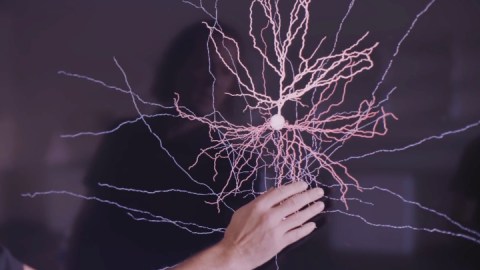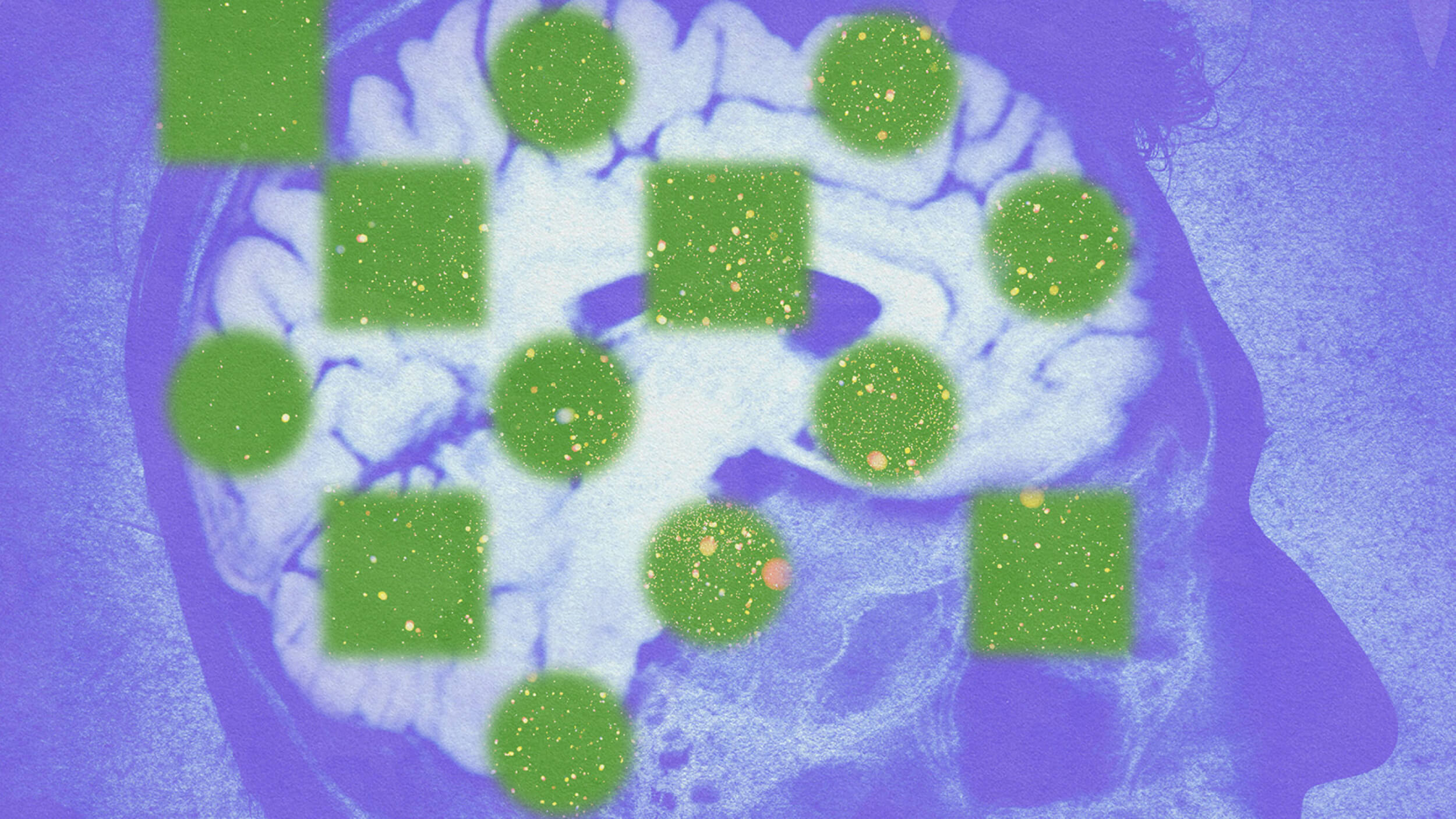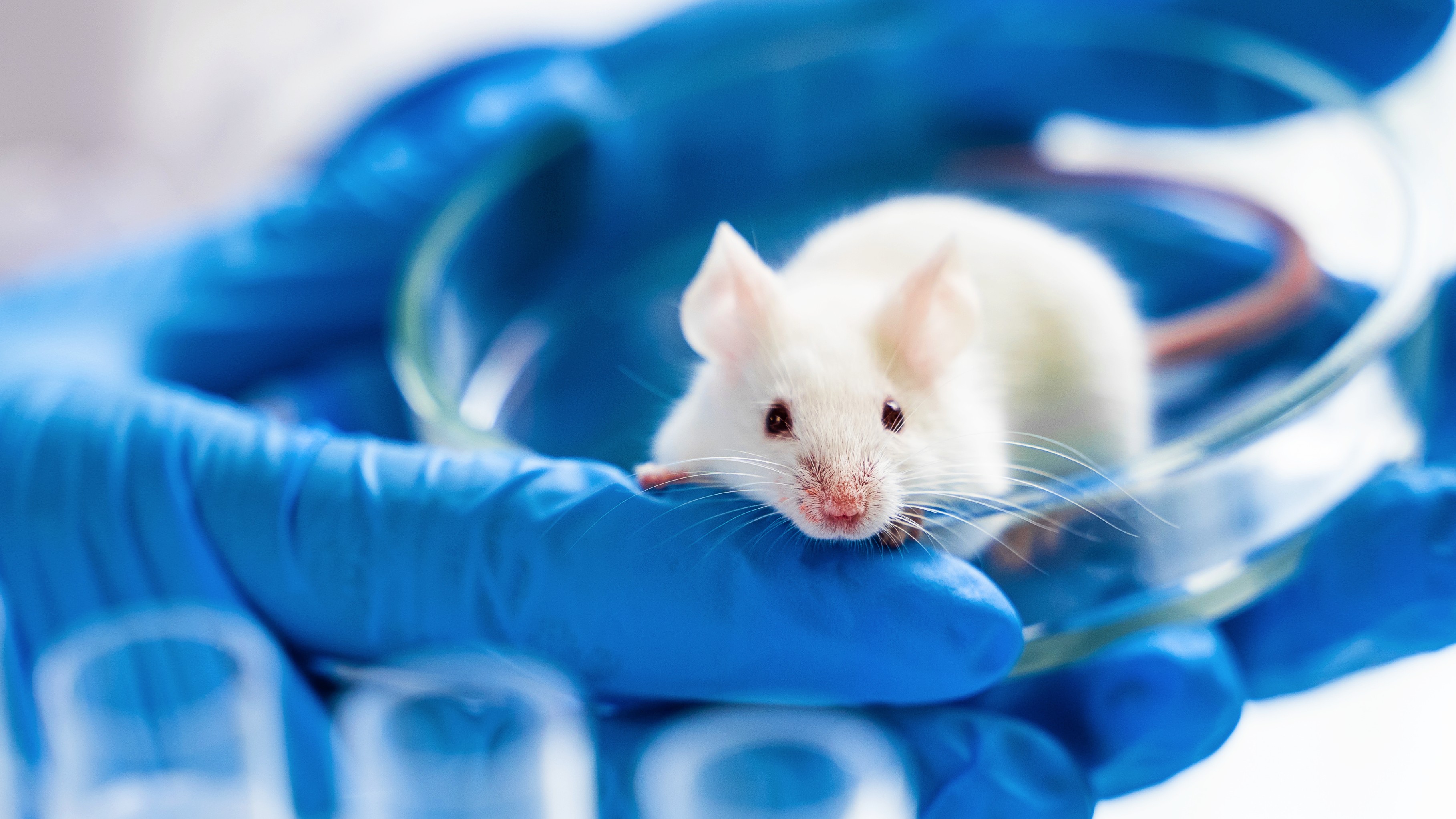Surgical Waste Is Turned Into Virtual Brain Cells

“If we really want to understand how the human brain is organized and how the structure of the brain can give rise to all our mental capabilities,” says Ed Lein, “there’s no substitute for studying the human brain itself.” But there’s a practical problem: “While there are many things you can study in dead tissue…if you want to understand the function of cells, the function of circuits, you have to study living brain.” That’s easier said than done, of course, but Lein and others at the Allen Institute for Brain Science have come up with a solution that has allowed them to create amazing virtual brain cells.

(ALLEN INSTITUTE FOR BRAIN SCIENCE)
It’s all about the detritus of brain surgery. As a surgeon goes through a brain to reach a pathological area, healthy brain tissue is cut out of the way, and discarded — burned as medical waste, actually. This is perfectly good brain tissue.

(ALLEN INSTITUTE FOR BRAIN SCIENCE)
The Allen Institute’s insight was to collect and study these bits of living brain, and for the last five years or so, they’ve entered into agreements with Seattle surgeons who collect this “waste” for them, with permission from patients. “It’s really quite poignant to work with these tissues that participated in the thoughts and memories of an individual just an hour before,” Lein tellsNPR.
Back at the Allen Institute, researchers can measure the shapes and electrical firing properties of the neurons in these bits of tissue and develop 3D models showing their appearance and behaviors.

(ALLEN INSTITUTE FOR BRAIN SCIENCE)
The Allen Institute’s just released their first models in the open, publicly accessible Allen Cell Types Database. The models are derived from 36 patients, with 100 reconstructions representing the function of 300 cortical neurons of different types.
Eventually the database will include gene expression profiles based on all of the genes from three patients’ 16,000 individual brain cells. (The database also includes research on mouse brains.) What Allen’s scientists have done is already extraordinary, not least because anyone with an internet connection can access it.
This is just the beginning, but it’s immediately apparent how useful these models, as they’re expanded, could be to the study and understanding of the human brain and the important things it controls, from brain diseases like Alzheimer’s, to basic processes such as human aging. The National Institutes of Health sees what this could mean to advances in brain research and has awarded five-year grants worth $100 million to the Allen Institute to continue their work.





